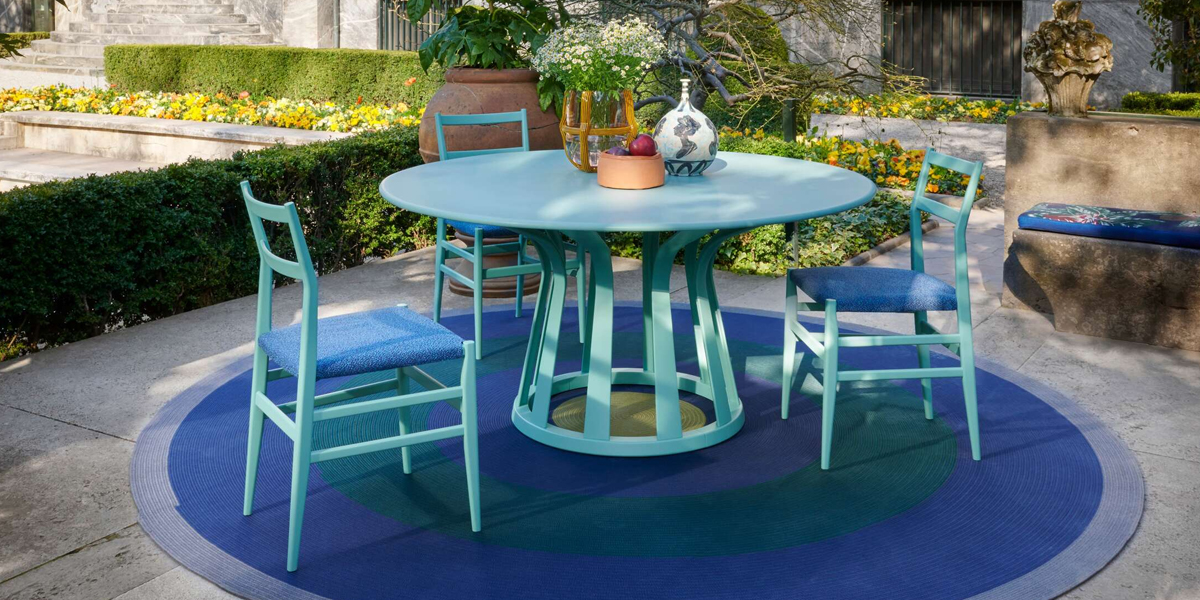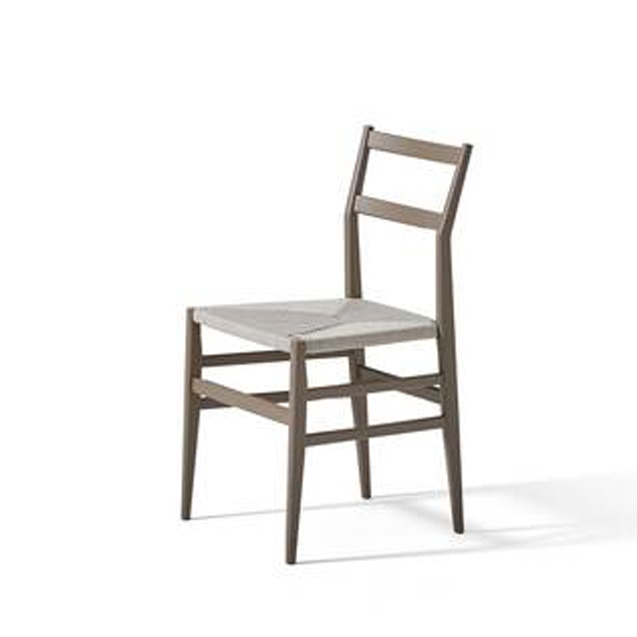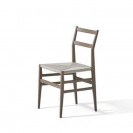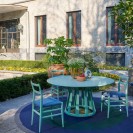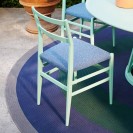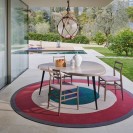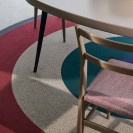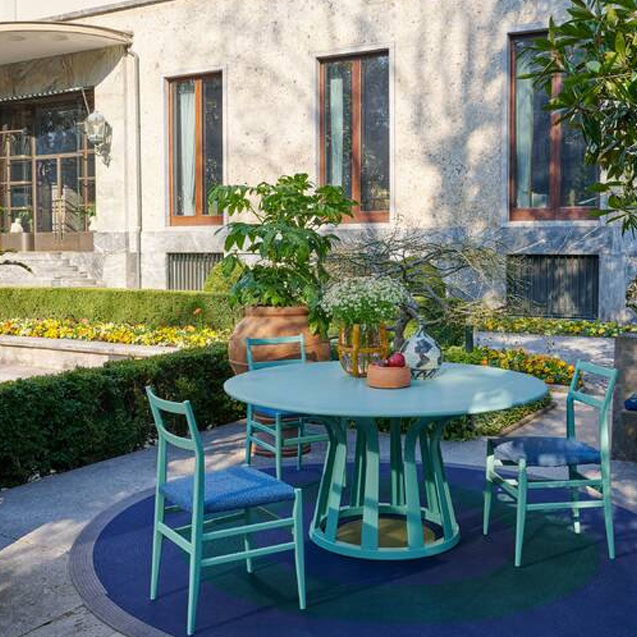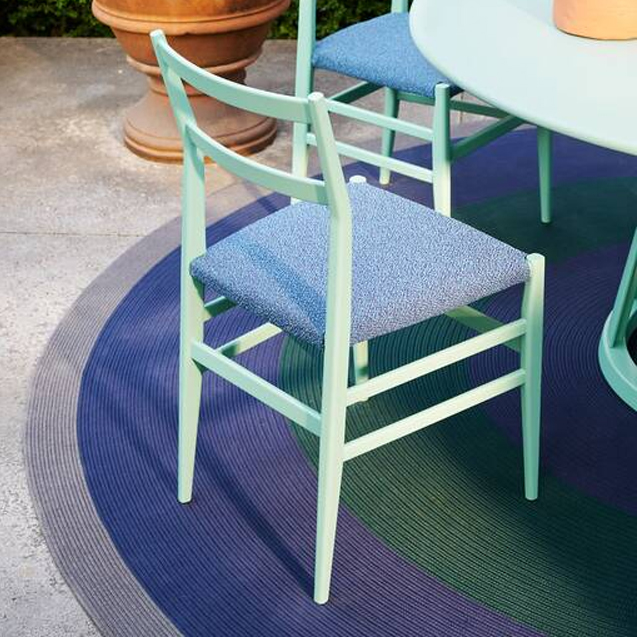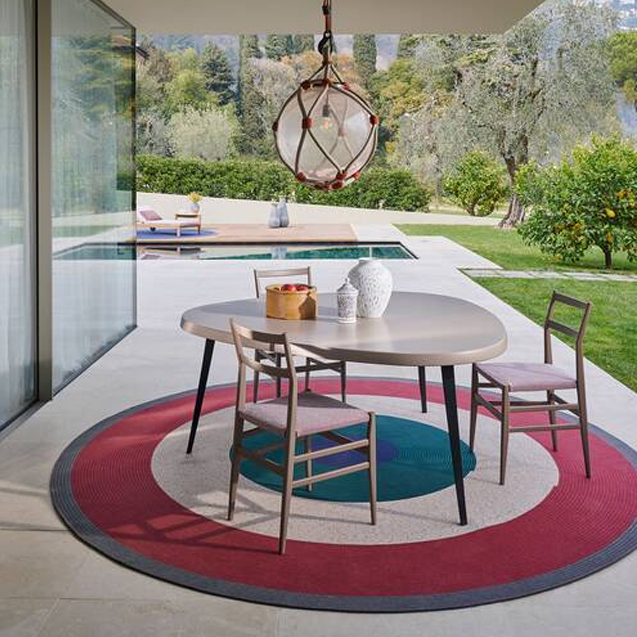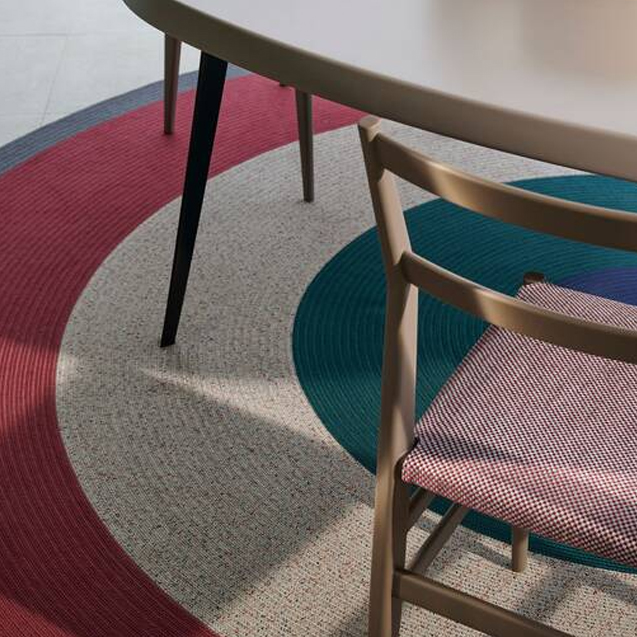Leggera
The wood chair par excellence, one of the flagship pieces in the partnership between Gio Ponti, Cesare Cassina and the company’s joinery experts, adds a new outdoor version manufactured in steel, using an innovative process. The lightness, simplicity and timeless beauty of the Leggera wrapped in a new material. Thanks to some extraordinary in-depth research and development, Cassina borrowed a technique used in constructing the Formula One single-seater and applied it to the Leggera. Hydroforming technology, transferred from the automotive industry to design, makes it possible to retain the distinctive light weight of the design chair and the exact shape of the original model.
| About Designer | |
|---|---|
Gio Ponti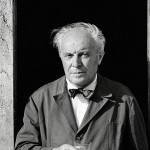 |
An
architect, a designer and an artist, Gio Ponti (Milano 1891-1979) graduated in
Milan in 1921 and initially entered into partnership with Emilio Lancia and
Mino Fiocchi from 1927 to 1933. In 1927 he founded Il Labirinto with Lancia,
Buzzi, Marelli, Venini and Chiesa in order to produce high-quality furniture
and objects. From 1923 to 1930 he has been Richard Ginori’s artistic director.
Thanks to the creation of Domus magazine in 1928 (which he presided over almost
constantly until his death), Ponti made an intensive contribution to the
renewal of the Italian production in the sector, giving it new impetus. Ponti
has been a strong supporter of the Monza Biennale, then the Milan Triennale, of
the Compasso d’Oro awards and of ADI (Association of Industrial Design). As an
architect, he created the symbol of modern Milan, the Pirelli skyscraper,
designed with Fornaroli, Rosselli and Nervi in 1956. In 1951, he realised the
second Palazzo Montecatini (his first office building dates back to 1938-39).
In 1957 he designed the super-celebrated Superleggera chair for Cassina, the
crowning achievement of a long and fruitful working association. To his
planning activities, he added educational activities, teaching at the Faculty
of Architecture in Milan from 1936 to 1961. |
